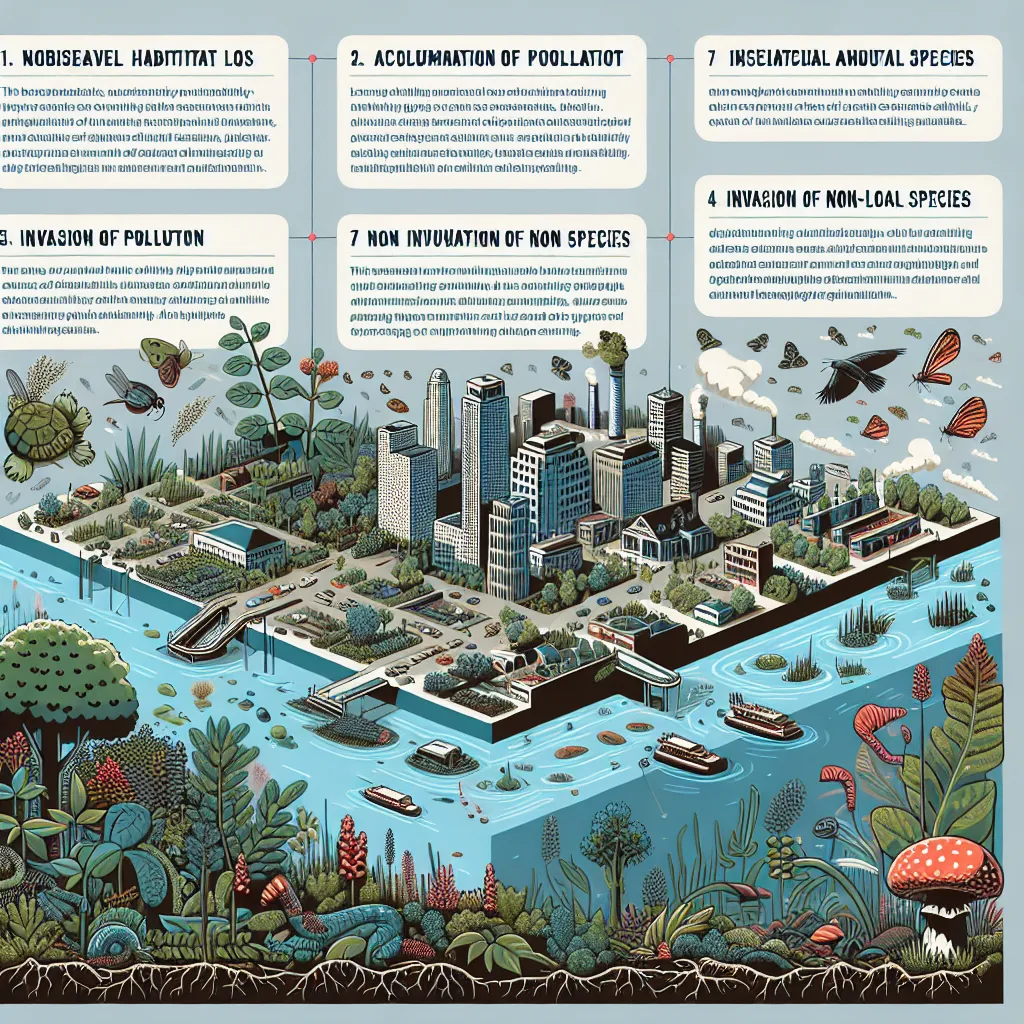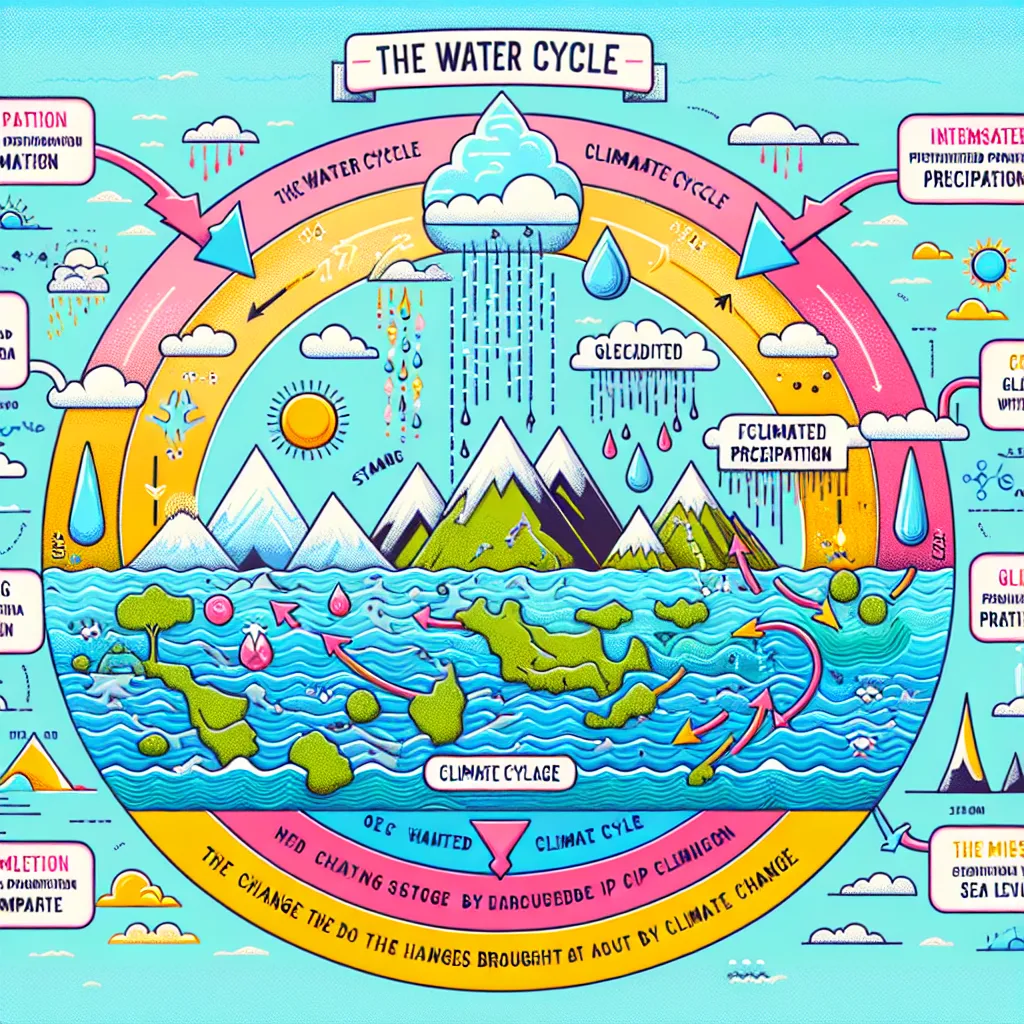Welcome to our IELTS Reading practice session focusing on the topic of “Online education versus traditional universities.” This subject has become increasingly relevant in recent years, especially with the global shift towards digital learning platforms. As an experienced IELTS instructor, I can confirm that education-related topics frequently appear in the IELTS Reading test, making this practice particularly valuable for your exam preparation.
Table Of Contents
- Reading Passage
- The Changing Landscape of Higher Education: Online Learning vs. Traditional Universities
- Questions
- True/False/Not Given
- Multiple Choice
- Matching Headings
- Summary Completion
- Answer Key and Explanations
- True/False/Not Given
- Multiple Choice
- Matching Headings
- Summary Completion
- Common Mistakes to Avoid
- Vocabulary
- Grammar Focus
- Comparative Structures
- Present Perfect Tense
- Tips for IELTS Reading Success
Based on analysis of past IELTS exams, the theme of online education compared to traditional university settings has appeared multiple times, reflecting its significance in contemporary discourse. Given the ongoing digital transformation in education, it’s highly likely that you may encounter a similar passage in your actual IELTS test.
Let’s dive into a practice reading passage followed by a set of questions that mirror the format and difficulty level you can expect in the IELTS exam.
Reading Passage
The Changing Landscape of Higher Education: Online Learning vs. Traditional Universities
In recent years, the landscape of higher education has undergone a significant transformation with the rise of online learning platforms. This shift has sparked a debate about the merits and drawbacks of online education compared to traditional university experiences. While both models aim to provide quality education, they differ in their approach, accessibility, and overall student experience.
Traditional universities have long been the cornerstone of higher education, offering a comprehensive campus experience that extends beyond the classroom. Students attend lectures in person, engage in face-to-face discussions with professors and peers, and have access to on-campus resources such as libraries, laboratories, and student organizations. This immersive environment fosters personal growth, networking opportunities, and a sense of community that many argue is crucial for a well-rounded education.
On the other hand, online education has gained traction due to its flexibility and accessibility. Students can access course materials and lectures from anywhere with an internet connection, allowing them to balance their studies with work or family commitments. This model has opened up educational opportunities for those who may not have been able to attend a traditional university due to geographical or financial constraints. Additionally, online courses often incorporate innovative technologies and interactive learning tools that can enhance the educational experience.
 Online vs Traditional Education
Online vs Traditional Education
One of the primary advantages of online education is its cost-effectiveness. Without the need for physical infrastructure, online programs can often offer lower tuition rates. Moreover, students save on additional expenses such as housing and transportation. However, critics argue that the lack of in-person interaction may hinder the development of crucial soft skills such as communication and teamwork, which are highly valued in the job market.
Traditional universities, while generally more expensive, provide a structured learning environment that some students find beneficial for staying motivated and focused. The face-to-face interaction with professors allows for immediate feedback and clarification, which can be particularly helpful for complex subjects. Furthermore, the social aspects of campus life, including extracurricular activities and cultural events, contribute to a holistic educational experience that extends beyond academic knowledge.
The quality of education provided by both models has been a subject of debate. Proponents of traditional universities argue that the rigorous academic standards and in-depth research opportunities available on campus are unmatched. However, many online programs have gained recognition and accreditation, with some top-tier universities now offering online degrees that carry the same weight as their on-campus counterparts.
As technology continues to advance, the line between online and traditional education is becoming increasingly blurred. Many institutions are adopting hybrid models that combine elements of both approaches, offering students the best of both worlds. This evolution suggests that the future of higher education may not be a choice between online and traditional methods, but rather a seamless integration of the two.
In conclusion, both online education and traditional universities have their unique strengths and challenges. The choice between the two depends on individual circumstances, learning preferences, and career goals. As the educational landscape continues to evolve, students have more options than ever to pursue higher education in a way that best suits their needs and aspirations.
Questions
True/False/Not Given
For questions 1-5, read the following statements and decide if they are True, False, or Not Given based on the information in the passage.
- Online education is generally more cost-effective than traditional university education.
- Traditional universities provide more opportunities for face-to-face interaction with professors.
- All online degree programs are considered equal in quality to traditional university degrees.
- The social aspects of campus life contribute to a more comprehensive educational experience.
- Hybrid models of education are becoming more common in higher education institutions.
Multiple Choice
Choose the correct letter, A, B, C, or D for questions 6-8.
-
According to the passage, one of the main advantages of online education is:
A) The ability to attend lectures in person
B) Access to on-campus resources
C) Flexibility and accessibility
D) Face-to-face discussions with peers -
Critics of online education argue that it may:
A) Be too expensive for most students
B) Hinder the development of soft skills
C) Provide lower quality education
D) Lack accreditation and recognition -
The passage suggests that the future of higher education might involve:
A) Exclusively online learning
B) A return to traditional university models
C) An integration of online and traditional methods
D) Abandoning both online and traditional approaches
Matching Headings
Match the following headings to the correct paragraphs in the passage. Choose the correct heading from the list A-G for paragraphs 9-12.
A) The cost factor in education choices
B) The debate on educational quality
C) The rise of alternative education models
D) The importance of campus life
E) Technological advancements in education
F) The accessibility of online learning
G) The traditional university experience
- Paragraph 2
- Paragraph 3
- Paragraph 4
- Paragraph 6
Summary Completion
Complete the summary below using words from the box. Write the correct letter, A-J, in boxes 13-16 on your answer sheet.
A) expensive B) flexible C) accredited D) interactive E) motivating
F) structured G) immediate H) online I) traditional J) hybrid
The debate between (13) __ education and (14) __ universities highlights various factors affecting students’ choices. Online education offers a more (15) __ approach, while traditional universities provide a more (16) __ learning environment. Both models have their strengths and weaknesses, and the best choice depends on individual needs and preferences.
Answer Key and Explanations
True/False/Not Given
- True – The passage states that online programs often offer lower tuition rates and students save on additional expenses.
- True – The passage mentions that traditional universities offer face-to-face discussions with professors.
- Not Given – The passage does not state that all online degree programs are considered equal in quality to traditional degrees.
- True – The passage indicates that social aspects of campus life contribute to a holistic educational experience.
- True – The passage mentions that many institutions are adopting hybrid models combining elements of both approaches.
Multiple Choice
- C – The passage states that online education has gained traction due to its flexibility and accessibility.
- B – Critics argue that online education may hinder the development of soft skills like communication and teamwork.
- C – The passage suggests that the future might involve a seamless integration of online and traditional methods.
Matching Headings
- G – This paragraph describes the traditional university experience.
- F – This paragraph focuses on the accessibility of online learning.
- A – This paragraph discusses the cost factors of both educational models.
- B – This paragraph addresses the debate on the quality of education in both models.
Summary Completion
- H – Online
- I – Traditional
- B – Flexible
- F – Structured
Common Mistakes to Avoid
- Overlooking key words: Pay attention to qualifiers like “all,” “some,” or “most” in True/False/Not Given questions.
- Making assumptions: Stick to the information provided in the passage and avoid bringing in outside knowledge.
- Misinterpreting “Not Given”: Remember that “Not Given” means the information is neither confirmed nor denied in the passage.
- Rushing through the passage: Take time to understand the main ideas and structure of the text before answering questions.
- Ignoring context: Consider the surrounding sentences when determining the meaning of a particular statement or phrase.
Vocabulary
- Transformation (noun) /ˌtrænsfəˈmeɪʃən/ – a complete change in something
- Comprehensive (adjective) /ˌkɒmprɪˈhensɪv/ – including all or nearly all elements or aspects of something
- Immersive (adjective) /ɪˈmɜːsɪv/ – providing, involving, or characterized by deep absorption or immersion in something
- Traction (noun) /ˈtrækʃən/ – the extent to which an idea, product, etc. gains popularity or acceptance
- Innovative (adjective) /ˈɪnəveɪtɪv/ – featuring new methods; advanced and original
- Cost-effectiveness (noun) /kɒst ɪˈfektɪvnəs/ – the degree to which something is effective in relation to its cost
- Accreditation (noun) /əˌkredɪˈteɪʃən/ – the action or process of officially recognizing someone as having a particular status or being qualified to perform a particular activity
Grammar Focus
Comparative Structures
The passage uses several comparative structures to contrast online education with traditional universities. For example:
- “While both models aim to provide quality education, they differ in their approach, accessibility, and overall student experience.”
This sentence uses “while” to introduce a contrast between the two educational models.
Present Perfect Tense
The present perfect tense is used to describe recent changes or developments:
- “In recent years, the landscape of higher education has undergone a significant transformation with the rise of online learning platforms.”
This tense is formed by using “have/has” + past participle and is often used with time expressions like “in recent years” to indicate a connection between the past and present.
Tips for IELTS Reading Success
- Practice active reading: Engage with the text by highlighting key points and making mental summaries as you read.
- Improve your time management: Allocate your time wisely between reading the passage and answering questions.
- Expand your vocabulary: Regularly learn new words and phrases related to common IELTS topics like education, technology, and social issues.
- Develop skimming and scanning skills: Practice quickly identifying main ideas and locating specific information in a text.
- Familiarize yourself with question types: Understand the different types of questions you might encounter and practice strategies for each.
- Read widely: Expose yourself to various types of texts to improve your reading speed and comprehension.
- Pay attention to context: Use contextual clues to understand unfamiliar words or phrases.
- Stay calm and focused: Remember that the IELTS Reading test is designed to be challenging, so maintain a positive attitude and do your best.
By regularly practicing with passages like this one on “Online education versus traditional universities,” you’ll build the skills and confidence needed to excel in the IELTS Reading test. Remember, consistency is key in your preparation. Good luck with your studies!


